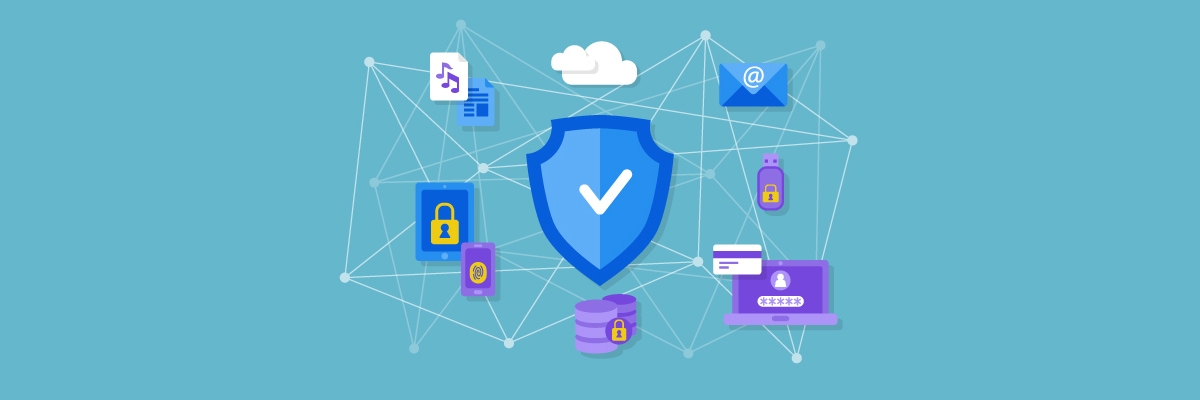Security in Website Design

Often, attacks are carried out not only to exploit the information on your website but also to exploit the server on which your website is hosted. Therefore, it doesn’t matter if you think your website contains worthless information and that no hacker would want to hack your site. Hackers will make the most of even the simplest information.
The security of a website depends on various factors that collectively ensure the safety of your site from different hacking attacks, malicious programs, and more. Server security, the protocol used, browser updates, chosen passwords, and so on, all contribute to establishing stable security for a website. It can also be said that in the virtual space, security will never be 100% guaranteed. In other words, increasing security means reducing the level of risk, not completely eliminating it! Nevertheless, methods can be employed to limit access for intruders.
There are various standards and guidelines for ensuring security in websites and other applications. Among these standards, the Top 10 OWASP project is highly significant due to its identification and provision of solutions for the most serious risks. The goal of this project is to inform about security issues in web applications and alert organizations. PingoTeam adheres to the security guidelines introduced by this organization to ensure the security of websites and other applications. This project annually introduces ten of the most critical security risks, including the following:
- Injection
- Broken Authentication
- Sensitive Data Exposure
- Broken Access Control
- Security Misconfiguration
- Cross-Site Scripting (XSS)
- Cross-Site Request Forgery (CSRF)
- Using Components with Known Vulnerabilities
- And more...
In conclusion, security is an area that must be continuously and consistently reviewed and updated. Systems and overall security knowledge are constantly evolving, and falling behind these advancements can leave us highly vulnerable to hacking attacks and malicious programs. PingoTeam, through regular updates, strives to address security issues in line with the latest global knowledge.
-
Quick and Easy
-
Security and Assurance
-
Professional Support
